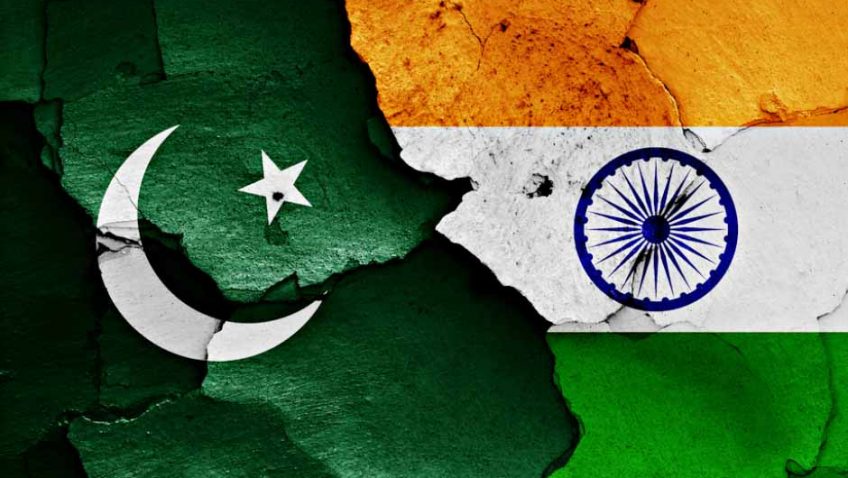Narratives are pivotal in shaping political realities, and they are even more instrumental in the post-truth era for the sustainability of the regime of truth. India has long been dragging and blaming Pakistan despite the exclusive policies of the Bharatiya Janata Party (BJP). The minority groups, Sikh, Dalits, and many other sub castes at the bottom of the Sanatana Dharma hierarchy, are vulnerable to any oppression because of the nationalist police of the BJP, which believe in racial superiority and identity politics.
The Indian media’s alleged claim that Khalistan and Pakistan’s intelligence agency, ISI, are involved in the narcotics trade in Canada has certainly raised eyebrows among observers. Orchestrating such narratives and propaganda is undoubtedly an attempt to find a place among the new administration in Canada. In contrast, with the previous Justin Trudeau-led administration, events went wrong due to the assassination of Hardeep Singh Nijjar.
Khalistan’s Legacy and India’s Media-Driven Narco Narrative:
The Khalistan movement emerged in India after the post-Partition period, fueled by dissatisfaction with the mistreatment of Sikhs and loss of religious places like Nankana Sahib to Pakistan. Its ideology was based on the 1955-1966 Punjabi Suba Movement and the 1973 Anandpur Sahib Resolution, which demanded greater autonomy within Punjab. The movement reached its peak in the 1980s, led by Jarnail Singh Bhindranwale, and led to the 1984 Operation Blue Star and anti-sikh riots.
Recent allegations linking Canadian Khalistani activists to narcotics systems, such as Afghan heroin and Mexican cartels, are speculative and unconfirmed by global law enforcement. The discourse on narco pipelines distracts from India’s internal security failures, such as the April 2025 Pahalgam attack, which resulted in 26 civilian deaths.
The story that Mexican cocaine is being used to finance Khalistani activities in Canada is sensationalist and politically motivated to help India avoid criticism of internal security lapses, such as the April 2025 Pahalgam attack. Indian media uses rhetoric and condenses responsibility by referring to fictitious lines of narco pipelines and cartel franchises. This misrepresentation shifts the focus from the state’s failure to avert a terror incident that caused a large number of deaths, making these accounts appear more of a political play than a plausible counter terrorism rhetoric.
Since the May 2025 India-Pakistan conflict, Pakistan has gained diplomatic momentum by involving the U.S. and Chinese mediators. The world community condemned the retaliatory Operation Sindoor after Pakistan shot down four Indian fighter jets. The media hysteria increased as the Indian press tried to project the ISI as part of the illicit international drug dens, but this rhetoric failed to hold up to criticism. Cold evaluation suggests that this rhetoric is a smoke screen for India’s internal inability to counter intelligence breaches and lack of credibility in dealing with insurgency and civil unrest in Kashmir and Punjab.
India’s portrayal of a billion-dollar ISI-Khalistan cartel is more of a geopolitical thriller than a grounded intelligence report. Canadian police seized 47.9 million dollars worth of cocaine through the project Pelican. However, it is unlikely to be linked to the ISI-controlled narco-terrorist empire, with Afghanistan receiving intelligence about the incident.
Agencies in India fail to corroborate the allegations of heroin, Mexican cocaine, and Khalistani operatives. Critical analysis often reveals more fiction than facts, suggesting that Indian media may be focusing on creative writing rather than investigative journalism. Pakistan is usually portrayed as the architect of regional mischief, affecting citizens’ minds and policy formulation. Disinformation layouts, which cannot confirm specific facts, populate headlines with strategic motives. The 2020 EU DisinfoLab expos revealed over 750 fake media sites promoting Indian interests.
Disinformation has become a significant part of Indian foreign policy, as it is used to brainwash domestic feelings and isolate Pakistan, impacting the home mood and the intention to isolate the country in the international environment.


